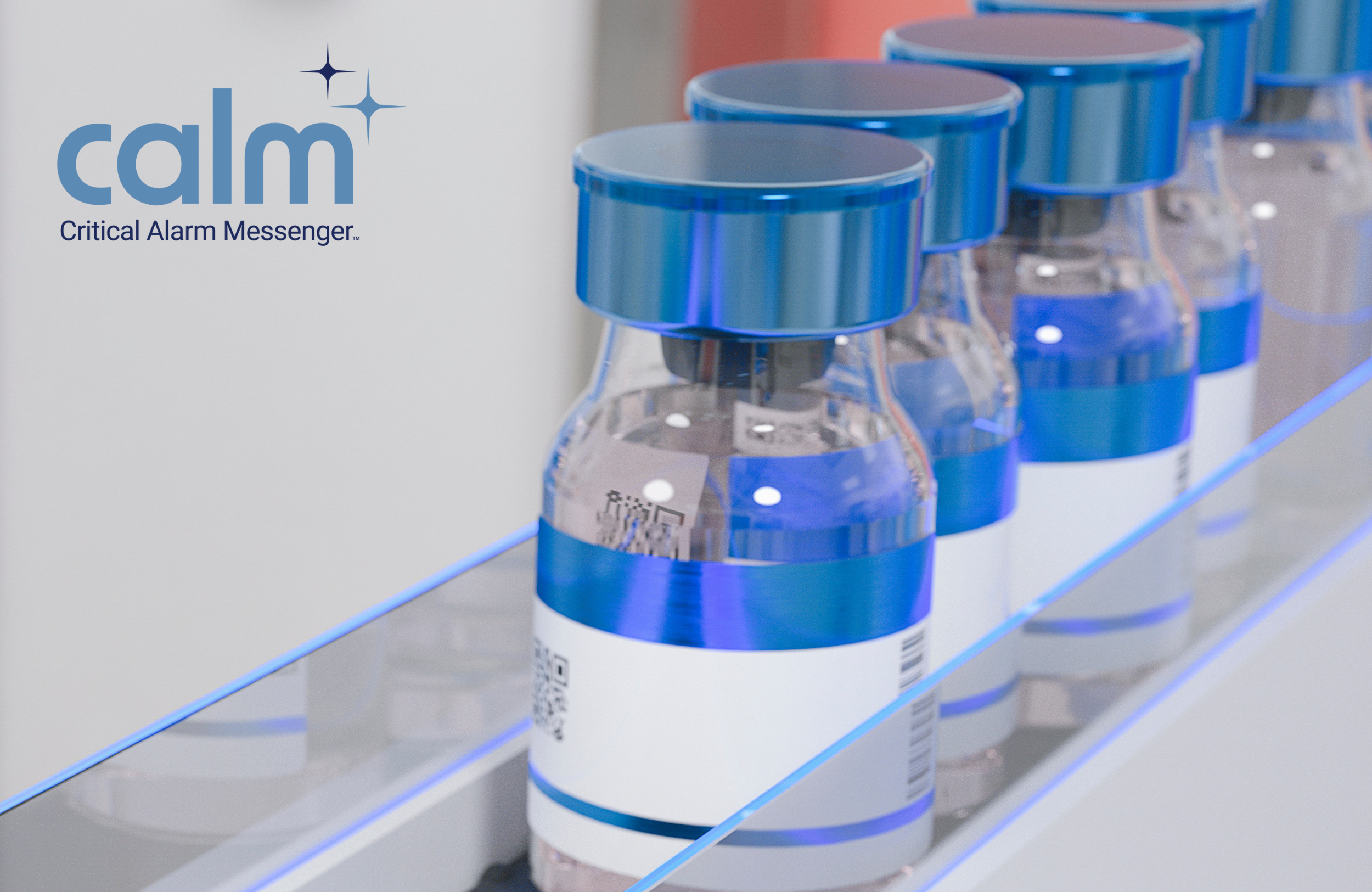The stakes are high in the world of consumer products research and development labs and small volume manufacturing sites.
For building engineers, maintaining precise operating conditions isn’t just a part of the job—it’s the linchpin of timely and productive innovation and operations.
The story unfolds with a glimpse into the North American tech headquarters of a prominent company. It reveals a dilemma common among building engineers yet rarely approached with the necessary urgency: Critical Alarm Management.
Imagine a Space Where Every Detail Matters
From the air’s moisture to the water’s purity. This company’s facilities aren’t just a workplace. It’s the home of future consumer products, housing critical lab spaces, small batch manufacturing units, and a technology-managing data center. Here, the balance of temperature and humidity isn’t just preferred; it’s paramount.
A system fault or downtime doesn’t just disrupt. It dismantles weeks of meticulous product testing, discards batches worth thousands, and incurs de-sanitation expenses that can spiral up to $50K.
It’s a high price for unpredictability, one that the company knew it needed to address.
Enter the Hero: Building Engineering Team
The building engineering team dedicated themselves to fostering a culture of predictability, communication, and maintenance. They embraced a critical alarm management strategy – to be alerted about the most essential faults in their building operating systems before they turn catastrophic. They embraced this as part of a service agreement designed to extend the life of their aging building management systems (BMS).
The building engineering team, alongside R&D and IT, identified 190 critical alarms that were vital to the lab and data center operations. High and low chilled water temperature alarms took precedence, given their direct impact on core processes.
The real game-changer was establishing an automated alarm notification and escalation process. In this process, each team member was notified in the right order of a system fault—through phone, email, and text—and had to acknowledge receipt, or CALM escalated the alarm.
It was about creating a seamless response mechanism. Everyone on the team plays a clear role and is notified at the right time. Collaboration was key.
True Business Resiliency
Over five years of dedicated alarm management and scheduled maintenance, operations remain stable, and the company protects itself against potential financial and operational pitfalls. Cheers to a building engineering team and their cross-functional partners for foresight around maintenance and strategic planning.
Simplicity in Strategy with Critical Alarm Management
For building engineers and owners in the consumer products technology sector, this example isn’t just a case study—it’s a blueprint for operational excellence. In a realm where precision dictates productivity, the adoption of Albireo Energy’s Critical Alarm Messenger (CALM) isn’t just beneficial; it’s critical. It’s a reminder that in the face of technological complexities, simplicity in strategy and directness in action can lead to unparalleled stability and efficiency.
Get CALM. Stay calm.







